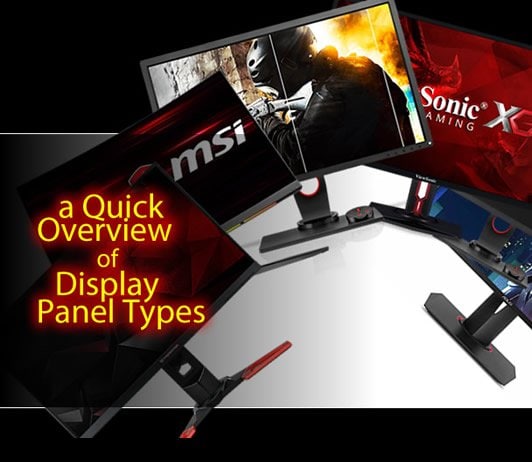If you’re in the market for a new display, it makes sense to first think about what you need the monitor for, what your budget is and then see what’s out there. Whether your purpose is gaming, graphics, video editing or multimedia there are a many options out there. But it always comes down to what’s best for you.
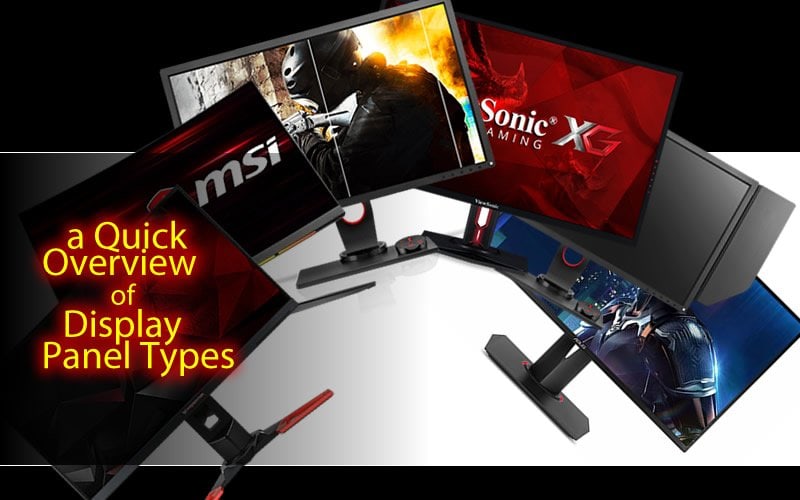 There are different display panel types that dictate what qualities shine in a particular LCD display. Try not to get hung up on the LED/LCD question. Virtually all modern LCD monitors use LED backlighting. Otherwise you’ll need to find an OLED or QLED monitor for true LED display.
There are different display panel types that dictate what qualities shine in a particular LCD display. Try not to get hung up on the LED/LCD question. Virtually all modern LCD monitors use LED backlighting. Otherwise you’ll need to find an OLED or QLED monitor for true LED display.
TN, VA or IPS
The major LCD display panel types include TN or Twisted Nematic display, VA or Vertical Alignment display, IPS or In-Plane Switching display.

Asus ROG Swift PG278QR TN Panel 27″ Flat panel display, G-Sync native, 1ms response times WQHD $599.99
TN Panel
The Twisted Nematic or TN panel display has the fastest of the response times of up to around 1ms so they’re great for FPS gaming or other where reaction time matters down to the millisecond.
But it also has the most narrow viewing angle of the panel types, which means you need to be viewing this monitor pretty close to center on. These are typically less expensive gaming and general purpose monitors.
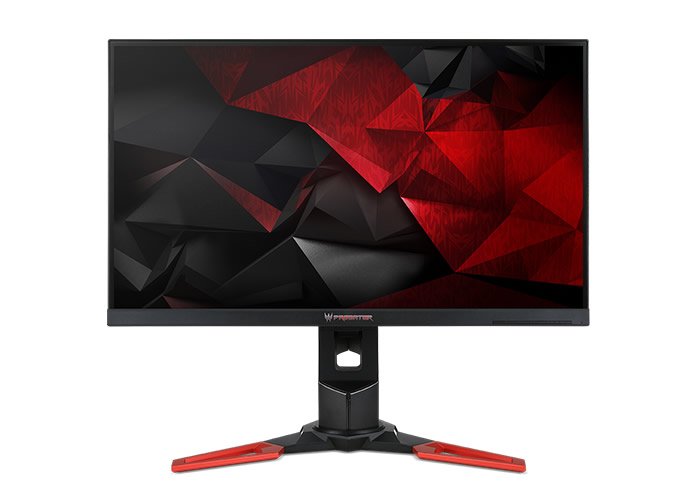
Acer Predator XB271HU IPS 27″ flat panel display, gsync native, 4ms response times WQHD 178 $799.99
IPS Panel
The IPS Panel or In Plane Switching display is the most color accurate and usually the most expensive of the bunch. Graphic designers typically choose them though high end IPS monitors have been adopted as “the best” displays for many gamers and people interested in accurate color reproduction. There are a few different flavors of IPS monitors including S-IPS, H-IPS, E-IPS and more. These variations offer different improvements over the an IPS panel technology in an LCD world.
Traditionally IPS monitors were not used for gaming, however with technology advancing the newer IPS panel monitors like the flat 27″ Acer Predator XB271HU widescreen or Acer Predator X34 Curved IPS gaming monitors have been adopted by the gaming world.
Due to the way the display works, one drawback on top of the typically slower response times is the backlight bleed. This can affect the way the monitor is viewed in darker or dark conditions. On some monitors the backlight bleed or spotlighting screams at you, other IPS monitors do a better job of blending it or negating it. It can often be referred to as backlight bleed or spotlight effect.
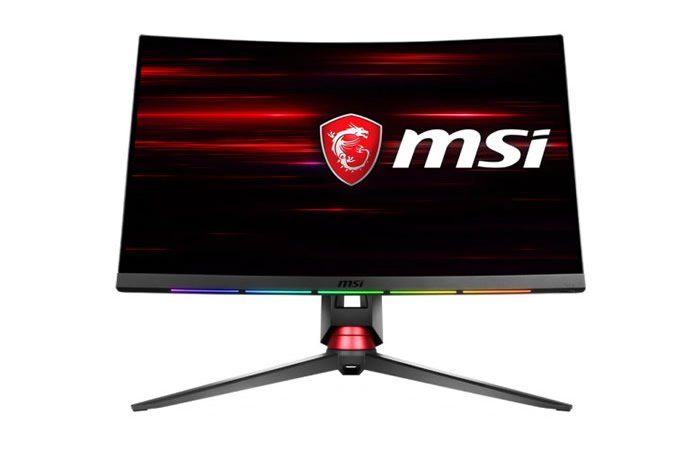
MSI Optix MPG27CQ Curved VA Panel 27in display, 2560×1440, 144Hz, AMD FreeSync $449.99
VA Panel
The VA Panel or Vertical Alignment display offers improvements on contrast ratio, color reproduction and wider viewing angles over a TN panel. It also has faster response times than an IPS panel display and is very good at blocking out backlight bleed. Response times are slower than a TN panel but faster than an IPS panel. The VA panel gives you the benefits of both TN and IPS panel types and do well in the gaming world often supporting 144hz or better refresh rates. Check out our review of the Viotek GN27D Curved 27″ VA Panel display.
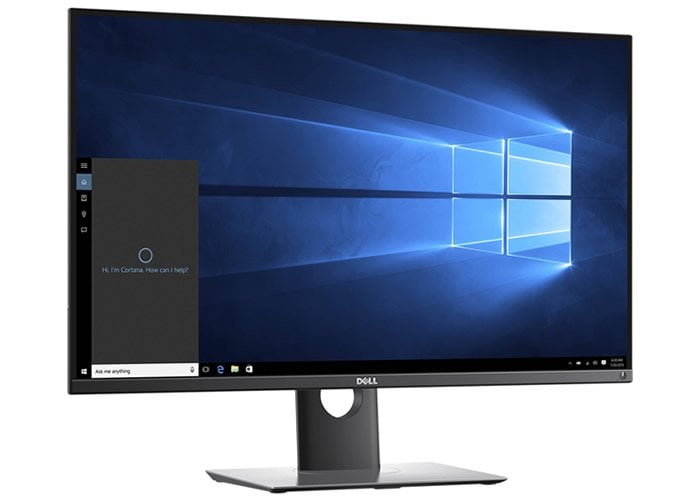
OLED Monitor
An OLED or Organic Light Emitting Diode monitor differs from an LCD panel (Liquid Crystal Display) in that they use individual diodes to light up the pixels and there is no backlighting at all. This eliminates any backlight bleed or spotlighting effect and provides uniform lighting across the display space. An LCD uses uses CCFLs (or Cold Cathode Florescent Lamps) for backlighting to light up the pixels.
An OLED monitor is able to produce richer, deeper blacks without giving off any backlighting distortion with crisp foreground imagery. They use significantly less power than LCD computer displays (LED backlit displays). OLED displays are also significantly thinner than LCD displays. An OLED display will have a wider spectrum of colors. One drawback can be an over-saturation of colors.
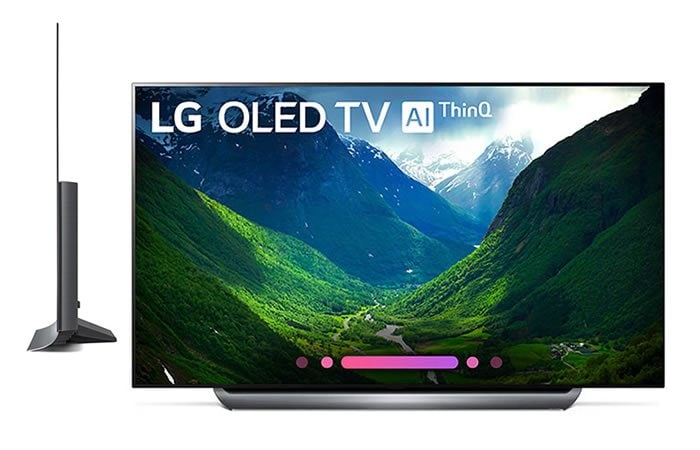
Sounds great right? Unfortunately there has been some delay in the rush to OLED displays for PC’s. Dell “had” the UP3017Q 30″ UltraSharp OLED Monitor for sale sometime in January of 2018 but it is currently “no longer available” at dell.com.
At this time probably some of the most familiar integration of OLED displays are on the new iPhone X and iPhone XS or LG’s C8PUA 4K HDR Smart OLED TV w/ AI ThinQ. If you just can’t wait until OLED comes out for desktops, you can check out Samsung’s QLED or Quantum Dot technology that promises a wider color range, brighter brights. If you need some nitty gritty on QLED/OLED technology, check out this great article: QLED vs OLED TV at Digital Trends.
Wrap up
Understanding display technology will help tremendously in the pursuit for purchasing the right monitor. Determine what your purpose for the monitor will be and what panel type will perform best for the intended use. This will help you get the most for your money and the best display for your activities. Happy monitor hunting!


